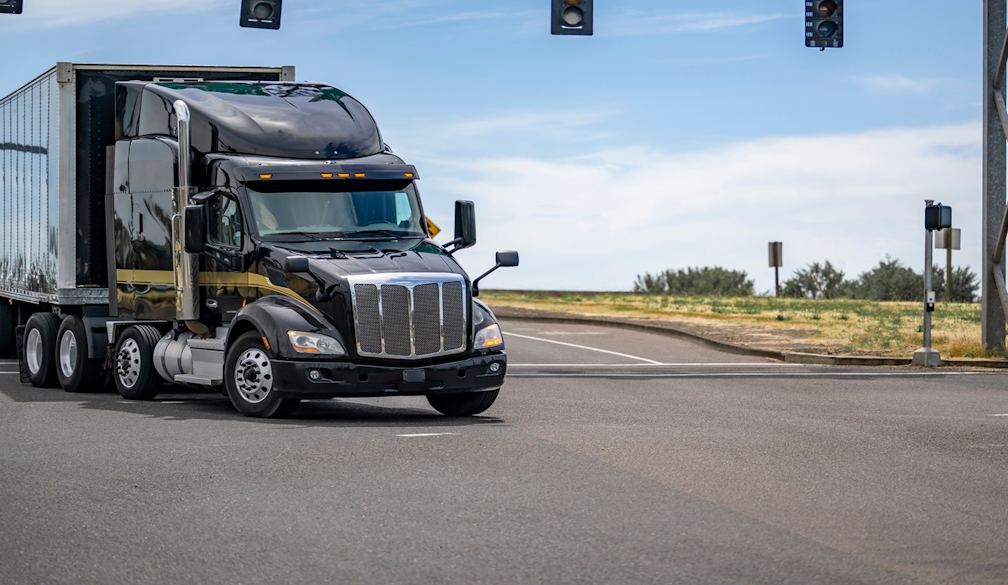Mass Management: Understanding Its Importance in Heavy Vehicle Operations

Mass management might sound like a technical term, but it really just means making sure your vehicle doesn’t weigh too much, and that the weight is evenly spread out.
In Australia, heavy vehicles are tightly regulated by the National Heavy Vehicle Regulations (NHVR) and state-based authorities. This body has established strict rules that govern how much weight heavy vehicles such as trucks, trailers and transport rigs can carry.
These rules cover everything: the vehicle's weight, the cargo it’s carrying, and how that weight is spread out across the different axles (the wheels).
If any of those weights exceed what’s allowed, it can cause damage to the vehicle, put the driver at risk, and damage the road infrastructure.
Simply put, mass management is the practice of keeping track of all this weight to make sure everything is within the legal limits. And while this might sound like a simple rule, the details of it are important. In this article, we’ll be delving into the nitty gritty to help you understand the importance of mass management in Australia and the dynamics involved.
Why is Mass Management So Crucial for Heavy Vehicle Operators?
Here are some of the reasons vehicle operators need to prioritise mass management:
Safety on the Roads
One of the most important aspects of mass management is safety. Overloading a vehicle can severely impact its handling, braking, and overall stability. Excessive weight puts a strain on the vehicle's suspension, tyres, and brakes, increasing the risk of accidents.
For instance, a heavy load can affect the braking distance, which can be catastrophic in emergency situations.
Legal Compliance
If a truck is found to be overloaded, the driver and the company can face some pretty hefty fines. These penalties can cost thousands of dollars, and in some cases, the truck might even get impounded. Imagine the headache of trying to sort that out while a delivery deadline is looming.
Aside from that, overloading can also affect a driver’s reputation and career. Too many breaches could lead to a loss of licences or special operating permits. When you’re managing a business, you also have to think about your customers. Who wants to hire a company that’s known for breaking the law?
Operators who take mass management seriously get to avoid all these issues and build a reputation as professionals who respect the rules.
Fewer Repairs and Longer Vehicle Life
Trucks are expensive machines, and every part of them, be it the tires, engine, or suspension, has been designed to handle a certain amount of weight.
When you overload a truck, you’re basically asking it to do more work than it was built for. This puts extra strain on the vehicle, causing parts to wear out faster or even break completely.
For example, an overloaded truck’s tyres might overheat and burst, which could lead to an accident. Or the suspension system could fail, making the truck unsafe to drive. Repairs like these aren’t cheap, and if they happen often, the costs can eat deep into your budget fast.
Better Fuel Efficiency
When trucks carry too much weight, their engines have to work harder, which means they burn more diesel.
This isn’t just bad for the operator’s budget; it’s also bad for the environment. Trucks release greenhouse gases when they burn fuel, so the more fuel they use, the bigger their carbon footprint.
Mass management is basically a win-win solution in this situation. You get to save more money; the environment doesn't get choked with dangerous gas.
How Technology Makes Mass Management Easier
Here are some of the modern tools available that help drivers and fleet operators stay within weight limits:
On-Board Weighing Systems
One of the most common ways to manage weight is through on-board weighing systems. These systems are built directly into the vehicle and give real-time information about the weight on each axle and the total load.
With this data, the driver can adjust the load before hitting the road. This further ensures that the vehicle stays within legal limits.
Weighbridge Scales
Weighbridge scales are large platforms where vehicles are weighed before they continue on their journey. These weighbridges check the total weight of the vehicle and its cargo to ensure it complies with the limits.
All the data collected are typically recorded in a database where operators can access them and use them to track whether their vehicles are within the allowed weight.
Telematics Systems
Telematics systems collect data on a variety of vehicle parameters such as speed, fuel consumption, location and, of course, weight. These systems can be connected to GPS and other sensors.
They can help operators plan the best routes and ensure that the vehicle stays within legal weight limits throughout the journey.
Mobile Mass Monitoring Apps
For smaller operators or those who don’t have high-tech onboard systems, mobile mass monitoring apps can still do the job. These apps use external sensors to monitor the weight and alert the driver if they’re approaching or exceeding weight limits.
This is a handy tool for anyone needing to stay compliant but doesn’t have a full onboard weighing system.
Also Read: The Benefits of Using an Electronic Work Diary for Drivers


















